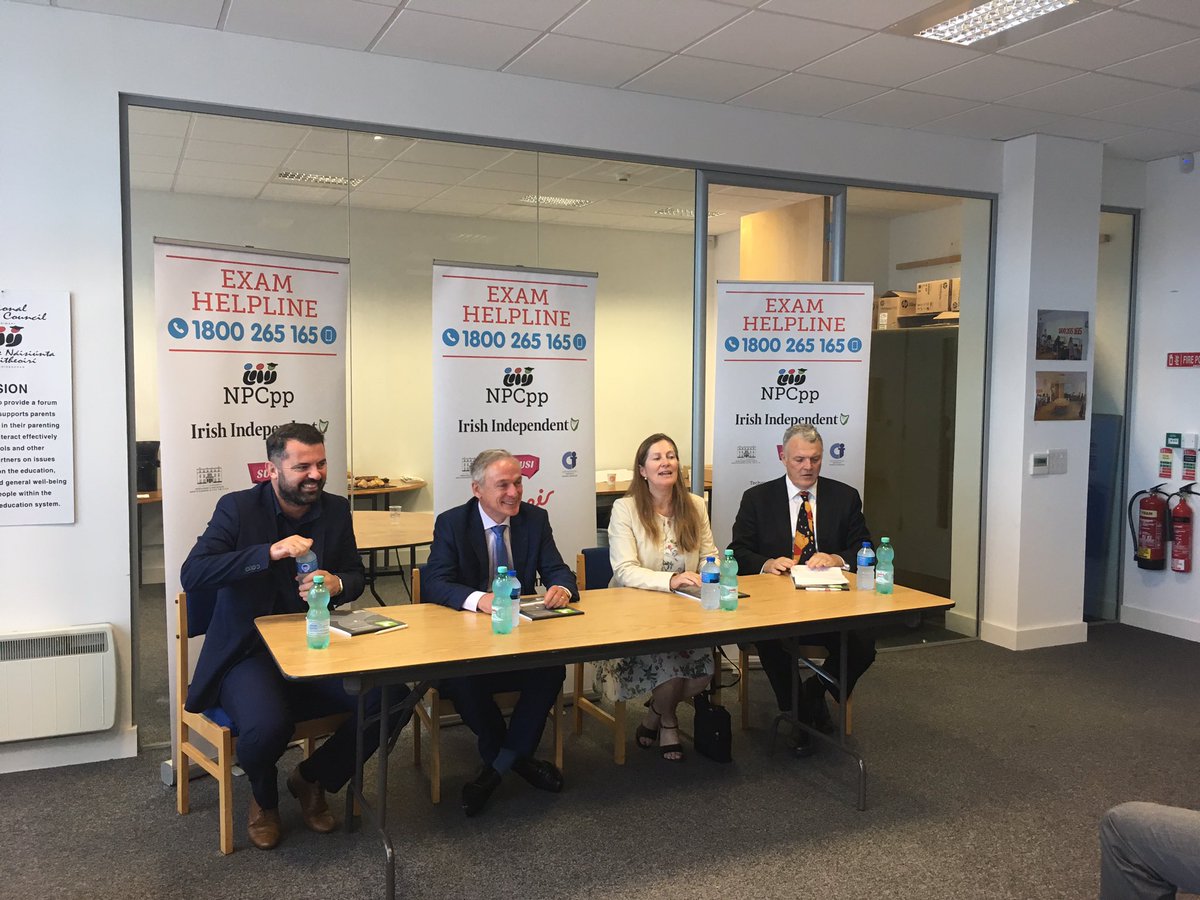The Minister for Education and Skills, Richard Bruton, has been popping into schools and helpline centres today as students across the country are plotting out their paths to higher education after getting their Leaving Certificate results today.
The first round of course offers is a little more confusing than previous years, with the new Leaving Certificate system adding an extra element of uncertainty to results day. While results day is usually a significant day in the education calendar – ahead of offers being sent out on Monday – there’s been an additional level of scrutiny on Bruton and his department today as students, parents and teachers inspect the impact of his reforms.
On RTE’s “Morning Ireland” this morning, Bruton insisted the changes to the Leaving Certificate didn’t represent a “dumbing down” of the exam. “The system is rewarding people who take the chance to do a higher-level course”, he said.
More analysis of the system is likely to emerge in the coming days in the build up and aftermath of offers on Monday, but for now Bruton is trying to ensure the first test of the new model goes smoothly.
The changes, he said, had been approved by colleges and universities. Put simply, the new system sees eight grade bands, reduced from the previous 14, which the Department of Education and Skills claims will reduce pressure on students and encourage less of an exam-focused attitude. So far, the most noticeable trend among the 58,000 students who got their results this morning is a significant drop in the failure rate for some higher-level Leaving Cert subjects, with an old E grade no longer an automatic fail.
With talk of the changes as a “watershed” moment and Bruton explicitly linking the results to creating a “Republic of Opportunity”, hopes are high in the government for the new system. He visited a helpline established by the National Parents Council and met with students who’d achieved their results.
The changes have already had effects. The number of students choosing higher-level papers increased, with a 3.2 per cent rise among students taking courses where that option was available. The number of students taking higher-level courses in Irish, maths and English all rose by 10 per cent, eight per cent and six per cent respectively.







